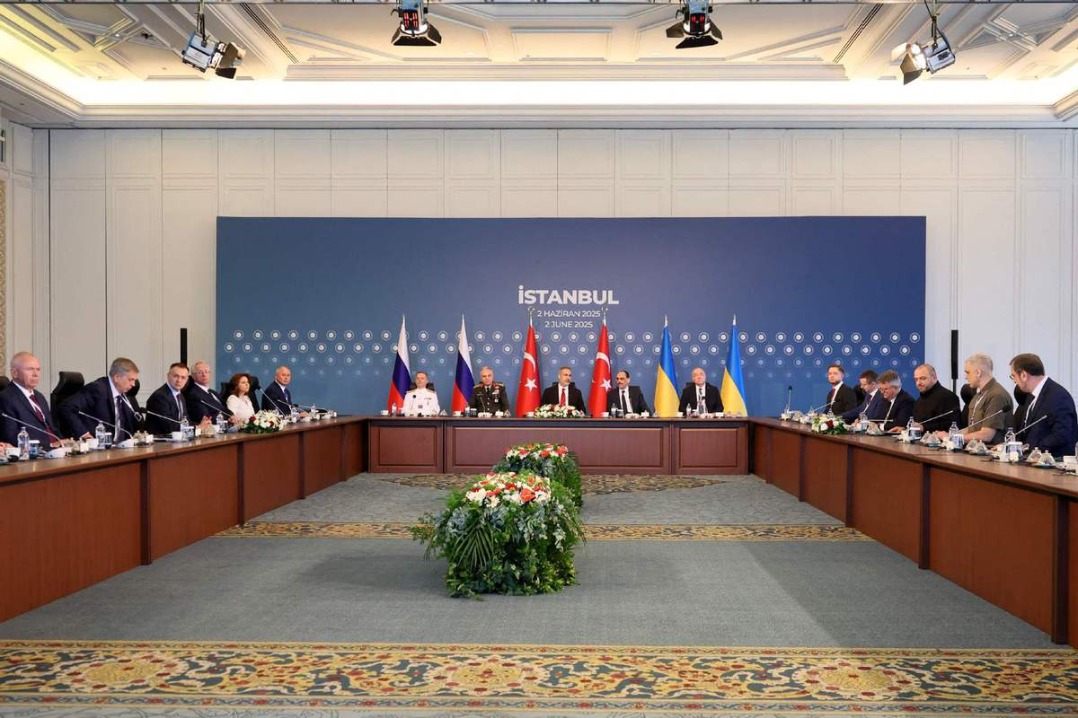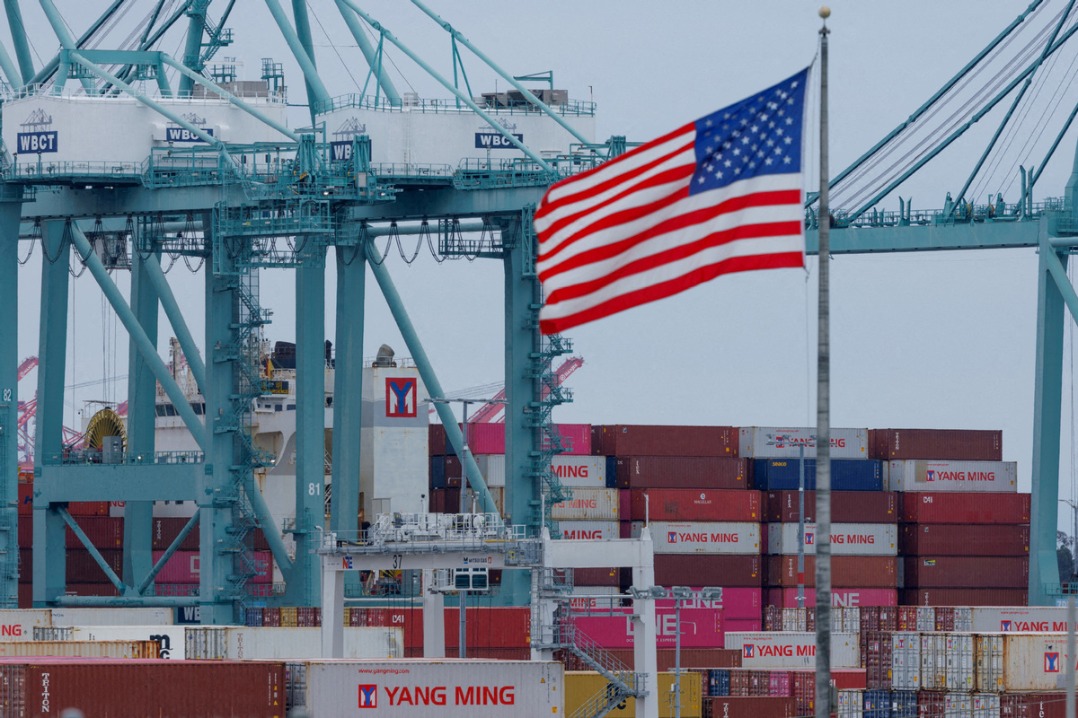Significant stepping stone

The Regional Comprehensive Economic Partnership will likely shape the future of trade in Asia and beyond

The signing of the Regional Comprehensive Economic Partnership agreement on Nov 15 concluded eight years of negotiations among the members of the Association of Southeast Asian Nations, Australia, China, Japan, the Republic of Korea and New Zealand.
The RCEP is the largest free trade agreement in history, involving about 29 percent of the world's GDP and about 30 percent of the world's population. As it combines existing bilateral agreements between ASEAN and its five major trading partners, the RCEP will be an important stepping stone toward an open, integrated economic system in Asia and the Pacific. The RCEP could further promote trade in the region by strengthening regional production networks through greater harmonization of regulations and policies across members. The unified rules of origin will likewise reduce export costs.
Yet some analysts remain skeptical about the RCEP. While it has succeeded in combining heterogeneous economies in terms of economic development into one trade bloc by allowing some flexibility, including provisions for "special and differential treatment" to accommodate the varying levels of development among the member economies-compared to the Comprehensive and Progressive Agreement for Trans-Pacific Partnership-the RCEP's scope is less ambitious, and does not include high-level labor and environmental standards. In addition, the CPTPP is focused on reducing not only tariff measures but also non-tariff barriers. The RCEP, meanwhile, is geared mainly toward cutting tariffs, which are already very low. And the RCEP's target is to eliminate 90 percent of tariffs, compared to nearly 100 percent in the CPTPP.Furthermore, the new tariff cuts will only be implemented gradually, and it will take time for the agreement to be fully in force. The exclusion of agriculture in the RCEP is also notable.
Nevertheless, the RCEP is still regarded as a significant step toward a more open multilateral trading system. It is the first major move toward creating a consistent and cohesive trading zone in a large part of Asia and the Pacific.
In the short-term, the RCEP's contribution to the region's trade and income will be rather modest, especially since the scheduled tariff cuts are not considerably large.
This is because over 70 percent of trade within ASEAN is already done with zero tariffs. But the RCEP will likely shape the future of trade in Asia and in the world. Notably, the RCEP is the first free trade agreement among China, Japan and the ROK. Albeit relatively shallow, the RCEP has made possible an agreement among the three economies, on which progress has been stalled for quite some time. Japan does not have free trade agreements with either China or the ROK, which together account for 29 percent of Japan's exports. Under the RCEP, Japan's share of tariff-free exports to China will rise from 8 percent to 86 percent, and to the ROK from 19 percent to 92 percent. In this vein, the RCEP represents major progress toward a more open international trade system in the region, opening a window for sizeable economic gains particularly for China, Japan and the ROK through greater trade and investment flows.
In addition, the RCEP's benefits are not limited to members of the trade bloc or to the Asia-Pacific region in particular. The whole world stands to benefit from the agreement, with estimated global income gains of $186 billion in 2030. While it is true that the majority of these gains are expected to accrue to the 15 signatories of the agreement, the rest of the world also stands to benefit from the RCEP's role as an important building block toward a more open global economy.
Benefits from the RCEP could also arise from stronger production networks, which have driven trade and growth within the region and across the globe. At present, regional value chain linkages among RCEP members remain below the average of Asia. In 2018, the overall regional value chain participation rate among RCEP economies was 46.8 percent and their complex regional value chain participation rate was 15.8 percent, lower than Asia's regional average of 48.9 percent and 26.2 percent, respectively. This means that 46.8 percent of trade among RCEP signatories entails production stages in at least two members, and 15.8 percent of their trade involves intermediate goods crossing borders at least twice before final goods are exported.
With greater trade liberalization, RCEP members have the potential to expand their overall and complex regional value chain participation rates to match or even exceed the regional average. In addition, the impact of tariff concessions for intermediate goods going through complex value chains will effectively be larger, as it will be multiplied by the number of times the intermediate good crosses borders of RCEP members.
Beyond the gains from the freer trade in goods and services, hidden benefits from the RCEP will be ensuing domestic reforms and economic restructuring, which will transform RCEP members into high performing economies in the coming years. Multilateral trade agreements often encourage acceleration of ongoing structural reforms and the strengthening of domestic policy and institutional frameworks, in turn promoting competition, efficiency and productivity. Potential gains from domestic structural and policy reforms are often much greater than the gains from trade.
This year, the pandemic has disrupted cross-border trade and supply chains due to border closures and travel restrictions. As the RCEP reaffirms the region's strong commitments to open trade and investment and bolsters the rules-based international trading system, it is imperative for the rest of the world to use the momentum to reinvigorate free, open, transparent and inclusive trade and investment regimes that can help the regional and global economies cope with the pandemic and recover strongly in the coming years.
The author is chief economist and director general of the Economic Research and Regional Cooperation Department at the Asian Development Bank. The author contributed this article to China Watch, a think tank powered by China Daily. The views do not necessarily reflect those of China Daily.
If you have a specific expertise and would like to contribute to China Daily, please contact us at opinion@chinadaily.com.cn, and comment@chinadaily.com.cn.


































